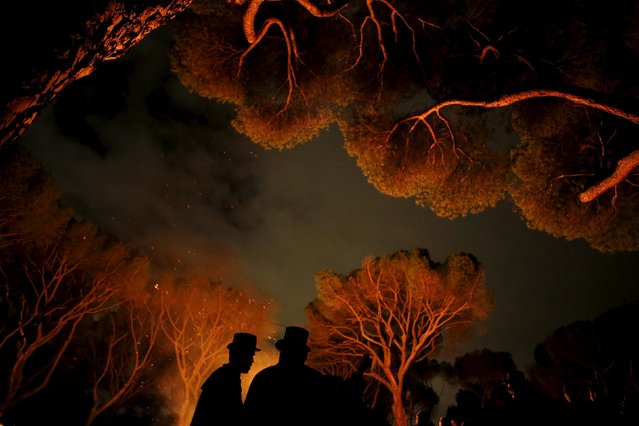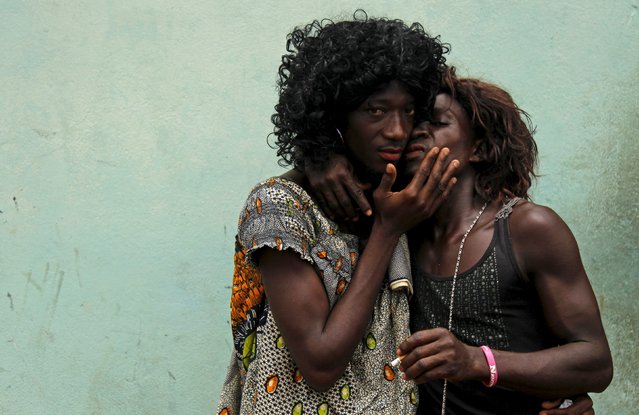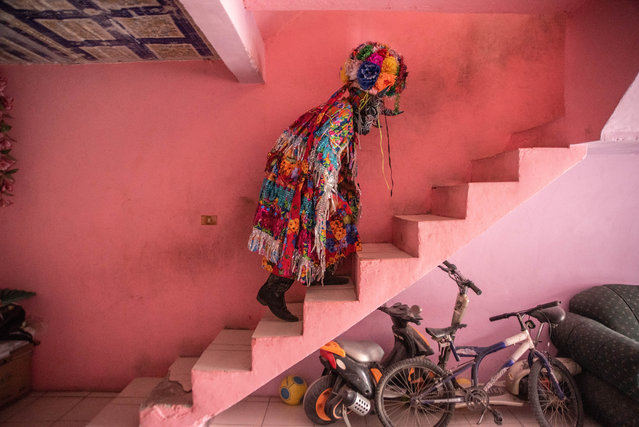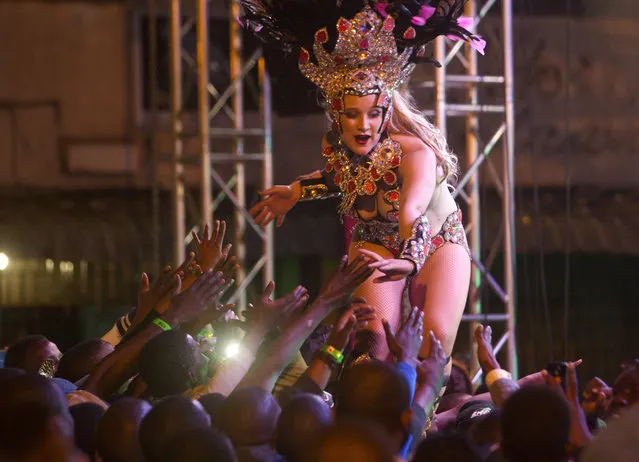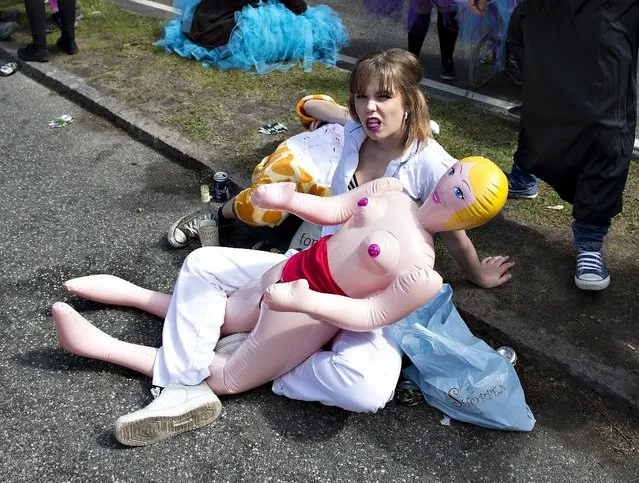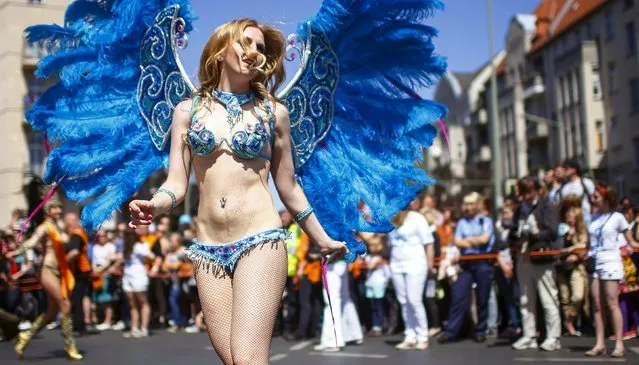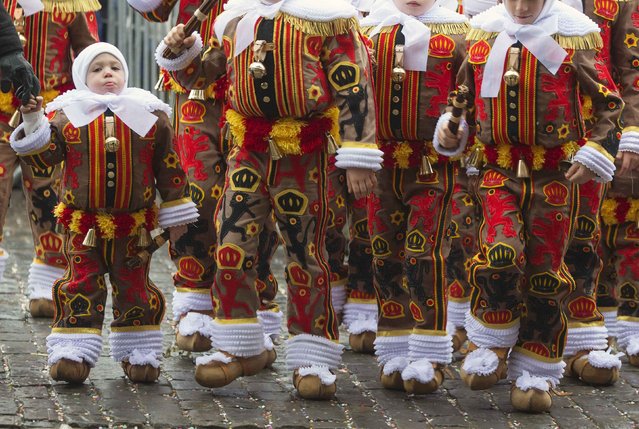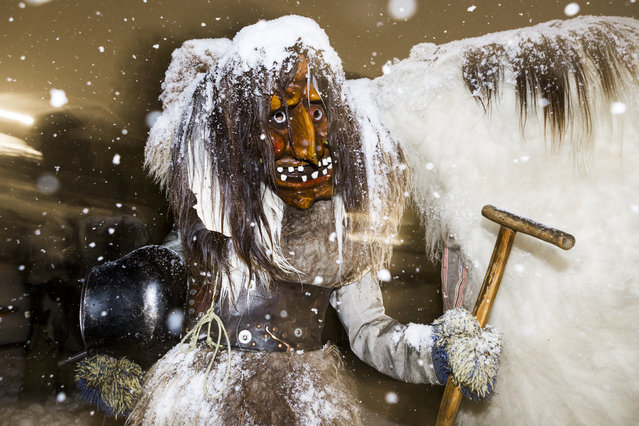
In this February 4, 2016 picture a masked participant of the traditional carnival parade poses in the streets of the village of Kippel in the Loetschental valley, southwestern part of Switzerland. During this sinister carnival, participants wearing wooden masks and animal furs, crowd the streets of the villages to scare the people. (Photo by Dominic Steinmann/Keystone via AP Photo)
06 Feb 2016 13:05:00,post received
0 comments

